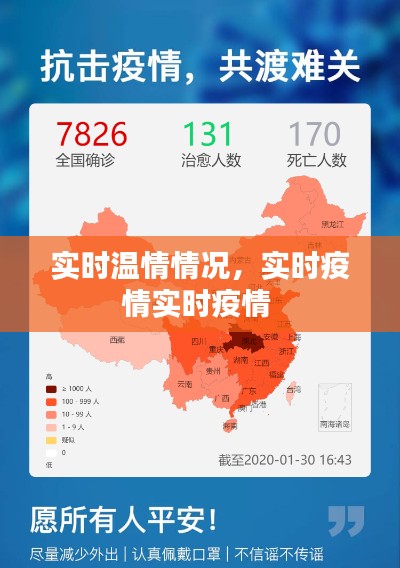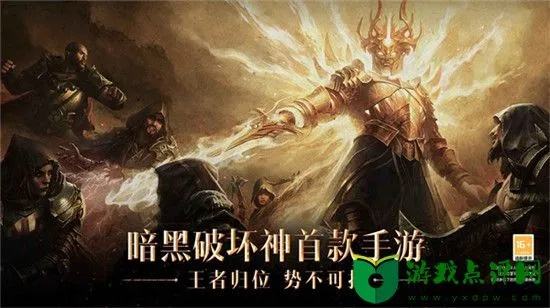The Evolution of Commerce: A Brief Historical Perspective
The evolution of commerce is a story of adaptation and innovation, shaped by human ingenuity and the changing needs of societies over time. From the barter system to the digital marketplace, commerce has undergone significant transformations. Let's take a brief historical perspective to understand how commerce has evolved.
The Rise of the Barter System
Long before the advent of money, humans relied on the barter system for exchanging goods and services. This system was based on the direct exchange of goods of equivalent value. For instance, a farmer might exchange a bushel of wheat for a pair of shoes. However, the barter system had limitations, such as the need for a double coincidence of wants and the difficulty of determining the value of goods.
The Invention of Currency
The invention of currency around 7000 years ago revolutionized commerce. Currency provided a universally accepted medium of exchange, simplifying transactions and eliminating the need for a double coincidence of wants. The use of coins, paper money, and later, digital currencies, has continued to evolve, making transactions more efficient and accessible.
The Industrial Revolution and Mass Production
The Industrial Revolution in the 18th and 19th centuries marked a significant turning point in the evolution of commerce. Advances in manufacturing processes, transportation, and communication led to the mass production of goods. This, in turn, created a global market and the need for more sophisticated systems of trade and distribution.
The Emergence of Modern Retailing
With the expansion of global trade, modern retailing emerged. The first department stores, such as those founded by John Wanamaker in the late 19th century, offered a wide variety of goods under one roof. This format became a standard for retailing, leading to the development of shopping malls, discount stores, and specialized retailers.
The Internet and E-commerce
The advent of the internet in the late 20th century brought about a new era of commerce, known as e-commerce. Online marketplaces like eBay and Amazon revolutionized the way people bought and sold goods, providing access to a global marketplace at the click of a button. The rise of social media and mobile commerce further expanded the reach and convenience of e-commerce.
The Digital Transformation of Commerce
Today, commerce is undergoing a digital transformation. Advances in technology, such as artificial intelligence, machine learning, and blockchain, are reshaping the way businesses operate and consumers interact with products and services. Here are some key aspects of this transformation:
Personalization
Technology enables businesses to personalize the shopping experience for consumers, based on their preferences, past purchases, and browsing behavior. This level of personalization enhances customer satisfaction and loyalty.
Convenience
Mobile and online shopping platforms offer unparalleled convenience, allowing consumers to shop at any time and from anywhere. This has led to the rise of same-day delivery and subscription services, further enhancing customer convenience.
Disintermediation
The digital transformation is also leading to the disintermediation of traditional middlemen, such as wholesalers and distributors. Direct-to-consumer models are becoming more prevalent, giving businesses greater control over their supply chains and customer relationships.
Security and Privacy
As commerce becomes more digital, ensuring the security and privacy of consumer data is paramount. Advances in encryption, authentication, and cybersecurity are essential to protect sensitive information and maintain consumer trust.
The Future of Commerce
The future of commerce is likely to be characterized by continued technological innovation and a greater emphasis on sustainability, ethical practices, and social responsibility. Some potential trends include:
Augmented Reality (AR) and Virtual Reality (VR)
AR and VR technologies could revolutionize the way consumers interact with products, allowing them to visualize and experience products in a virtual environment before purchasing.
Artificial Intelligence (AI) and Machine Learning
AI and machine learning will continue to play a significant role in optimizing supply chains, personalizing customer experiences, and improving operational efficiency.
Blockchain and Decentralized Finance (DeFi)
Blockchain technology has the potential to transform financial transactions, making them more secure, transparent, and efficient.
Sustainability and Social Responsibility
Consumers are increasingly seeking out businesses that demonstrate a commitment to sustainability and social responsibility, which will likely shape the future of commerce.
In conclusion, the evolution of commerce is a testament to human creativity and the relentless pursuit of progress.
转载请注明来自昌宝联护栏,本文标题:《商业不断进化英文,商业的进步 》














 冀ICP备19033229号-1
冀ICP备19033229号-1
还没有评论,来说两句吧...